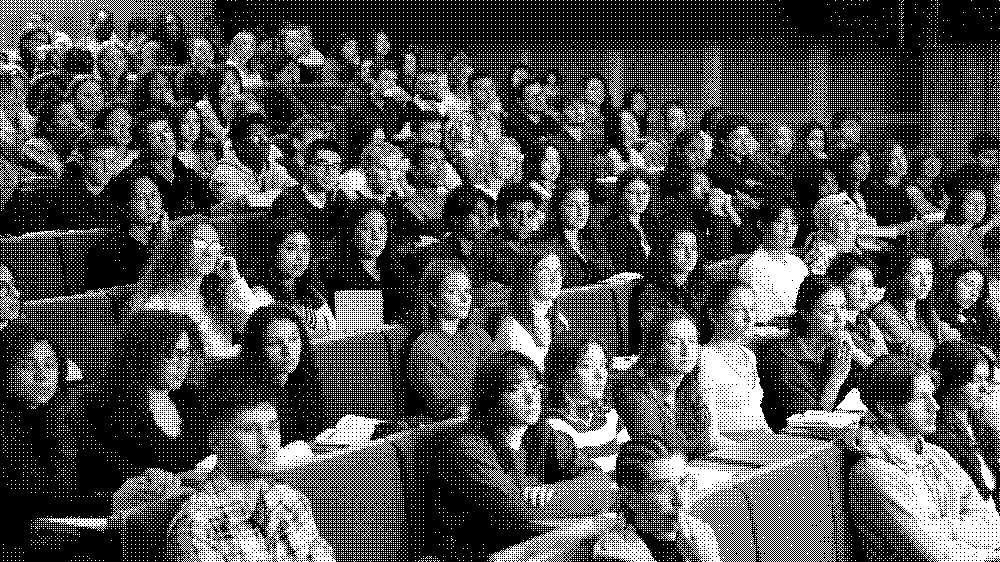
Elective course 3: Humanities and social sciences
M73PH701 Empathy in architecture. From philosophical aesthetics to neuroarchitecture.
ManagerLearning objectivesThis course aims to strengthen the ability to analyze, evaluate and articulate philosophical arguments concerning the links between recent advances in neuroscience and the architectural field. The concept of empathy, or “Einfühlung”, will form the common thread of our reflection. Since its emergence in 19thᵉ century Germany as a central notion of philosophical aesthetics, empathy has continually permeated architectural theories and practices, right up to contemporary developments brought together under the term “neuroarchitecture”. We will take an in-depth look at this concept and its derivatives (embodiment, mental simulation, imagination, affordances), analyzing their relevance and concrete implications for contemporary architecture.
Assessment methodTo be defined according to group size.
bibliographyCourse references will be provided at the beginning of the semester.
M73PH702 Philosophy and political ecology
ManagerLearning objectivesThis lecture course offers an in-depth exploration of political ecology from its origins to contemporary issues, with particular emphasis on its implications for architecture and the city. The aim is to show how ecological thinking is not limited to protecting the environment, but also engages radical transformations in the way urban spaces are conceived, inhabited and governed. The approach lies at the crossroads of philosophy, urban sociology, politics and environmental studies, and aims to provide students with both a historical and critical understanding of current issues.
Assessment methodFinal exam, presentations, DM (to be decided with the teacher at the beginning of the semester)
Required workReading and analysis of texts, presentations, case studies.
bibliographySuggested bibliography (20 titles)
Classics and foundations
1 George Perkins Marsh, Man and Nature, 1864
2 Rachel Carson, Silent Spring, 1962
3 Murray Bookchin, The Ecology of Freedom, 1982
4 Ivan Illich, Conviviality, 1973
5 Félix Guattari, The Three Ecologies, 1989
Architecture and the city
6. Sébastien Marot, Prendre la clé des champs, 2024
7. Sébastien Marot, Agriculture et architecture : trajectoires communes, 2018
8. Pierre Donadieu, Urban Countryside, 1998
9. Ken Yeang, Eco-Design: A Manual for Ecological Design, 2006
10. Ian McHarg, Design with Nature, 1969
Urban ecology and public policy
11. Timothy Beatley, Green Urbanism: Learning from European Cities, 2000
12. Peter Calthorpe, Urbanism in the Age of Climate Change, 2010
13. David Harvey, Justice, Nature and the Geography of Difference, 1996
14. Malcolm Ferdinand, A Decolonial Ecology, 2019
15. Achille Mbembe, Brutalism, 2020
Critical and contemporary perspectives
16. Donna Haraway, Living with Disorder, 2020
17. Anna Tsing, The mushroom at the end of the world, 2017
18. Philippe Descola, Beyond Nature and Culture, 2005
19. Isabelle Stengers, Au temps des catastrophes, 2009
20. Boaventura de Sousa Santos, Epistemologies of the South, 2016M73SH701 Anthropology of minorities. Margins, territories, temporalities
Learning objectivesThe margin is as much what’s on the side, away from the center (the margin of a page), as what’s outside the social norm. Both definitions are of equal interest to the social sciences. The aim of this course is to show how the margin, the center and the norm are necessarily thought of together, how one reveals the other and vice versa. The tension between norm and margin will be addressed in general terms, but also in relation to issues that concern architecture and urban design, as well as the architectural and urban professions. We’ll also be looking at the margins in their historical dynamics: one day’s margins are sometimes the next day’s avant-gardes.
This course is taught by Catherine DESCHAMPS and Mina SAÏDI.
Assessment methodContinuous assessment.
2 presentations during the semester, each graded on 5 points (10 points in all for the 2).
1 final report in the form of an illustrated article.Required workIn each team, students will be asked to carry out an urban or architectural observation project, with written and photographic feedback, that illustrates different possible understandings of what the margins are.
bibliographyBECK Ulrich, La Société du risque, 2002.
GOFFMAN Erving, La mise en scène de la vie quotidienne, T1 et 2, 1973.
GUILLAUMIN Colette, L’idéologie raciste. Genèse et langage actuel, 1972.
WOLFE Tom, Il court il court le Bauhaus. essai sur la colonisation de l’architecture, 2012.M73SH702 Anthropology of time. Moments in the city
Manager